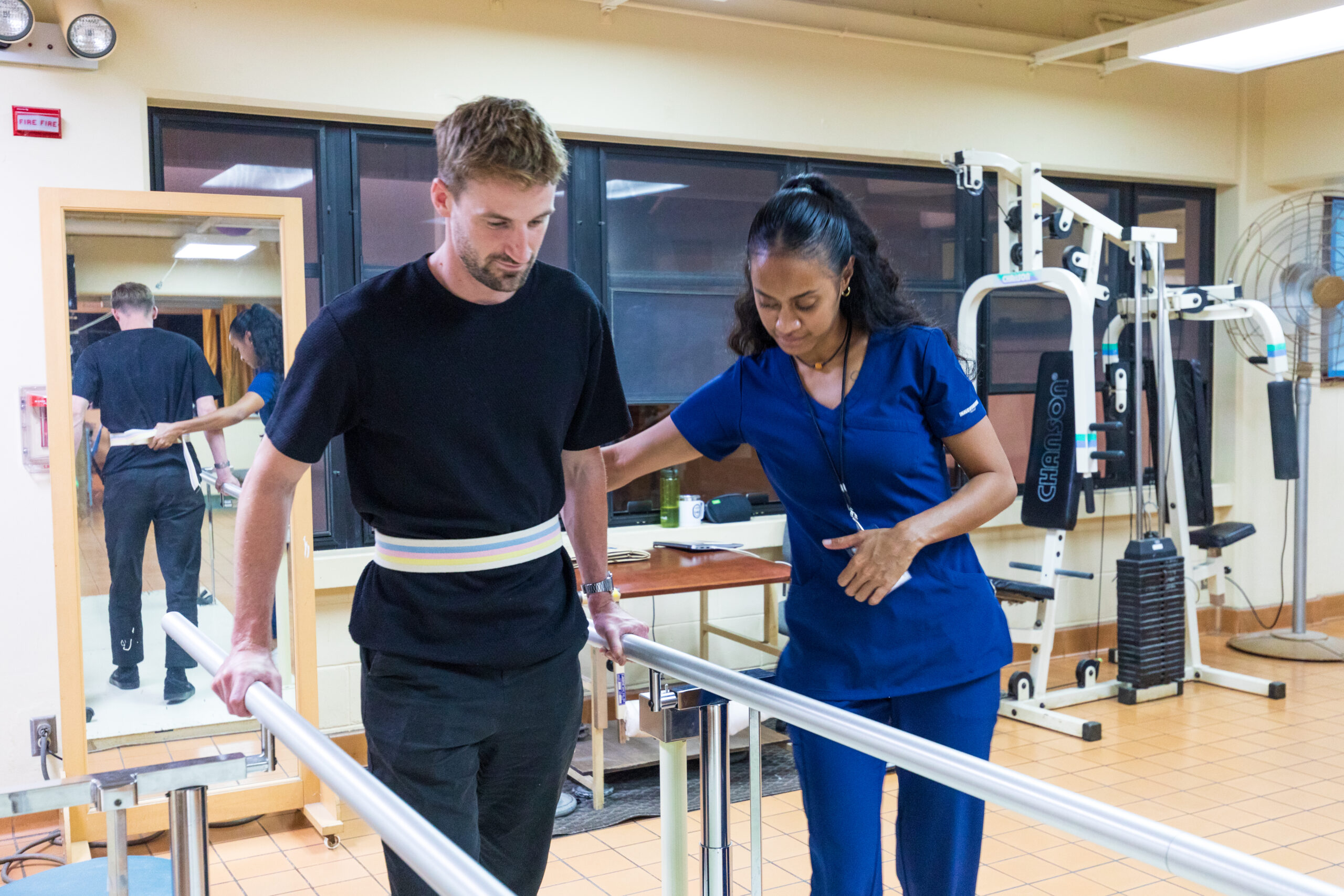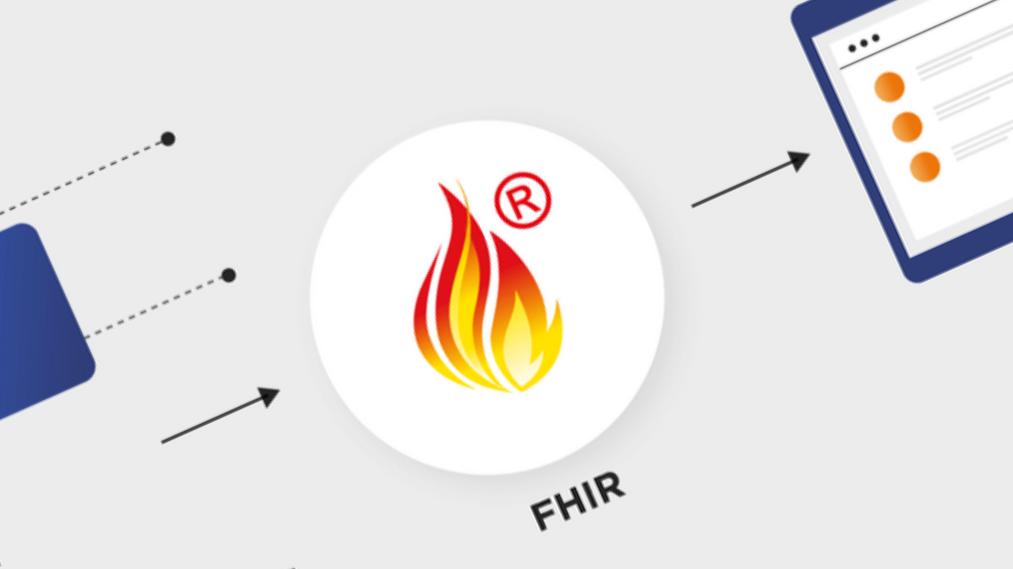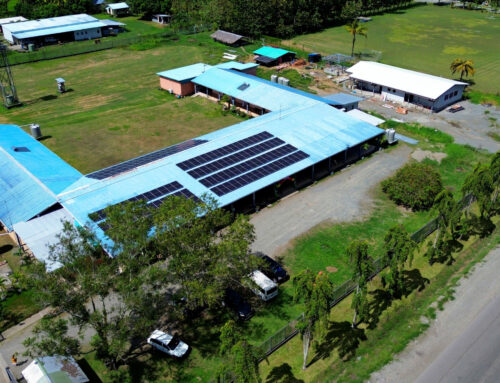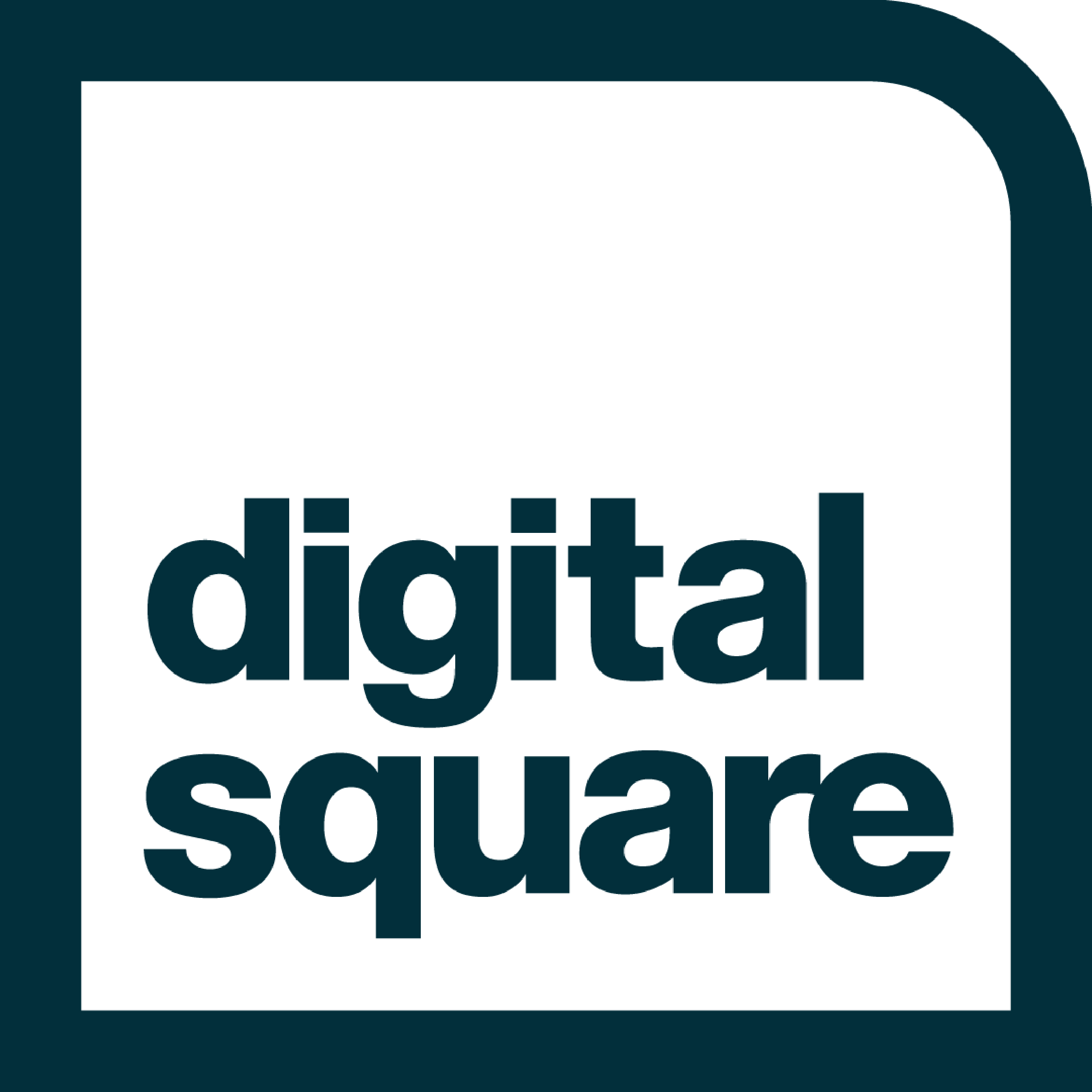In healthcare technology, successful system integration can mean the difference between fragmented care and truly coordinated patient management. We’re proud to share a milestone achievement: the successful integration of Tamanu, our open-source Electronic Medical Record (EMR) system, with Voyager PACS (Picture Archiving and Communication System) at Nauru Medical Centre, marking a significant advancement in healthcare delivery for the Pacific nation.
The Challenge: Creating a Unified Healthcare Platform
Modern healthcare facilities require seamless communication between clinical systems. When physicians order imaging studies through an EMR, radiologists need immediate access to patient context and clinical history. Conversely, imaging results must flow back into the patient’s electronic record without manual intervention. This bidirectional flow of information is essential for quality care, yet historically, achieving it has been complex and time-consuming.
At Nauru Medical Centre, the national hospital serving the Republic of Nauru, this integration challenge was particularly important. As the country’s primary healthcare facility, the hospital needed a robust, reliable connection between patient records and diagnostic imaging that could support the full continuum of care.
The Solution: HL7 FHIR Standards
The integration was achieved using HL7 FHIR (Fast Healthcare Interoperability Resources), the modern standard for healthcare data exchange. Unlike older HL7 versions that often required extensive custom development and lengthy implementation cycles, FHIR offers a more standardized, web-based approach to interoperability.
FHIR’s RESTful architecture and use of contemporary web standards make it inherently more accessible and maintainable than its predecessors. For this integration, FHIR enabled Tamanu and Voyager to communicate patient demographics, imaging orders, and study results efficiently and reliably.

Why This Integration Stands Out
What made this implementation particularly impressive was the speed and efficiency of the process. Voyager’s technical team demonstrated exceptional capability by utilizing Tamanu’s FHIR documentation to complete the integration with minimal additional technical input from our side. This streamlined approach delivered results in a remarkably short timeframe.
This experience highlighted several important advantages:
Technical Excellence: Voyager’s ability to work independently from comprehensive API documentation demonstrates sophisticated technical capabilities. Their team clearly understood FHIR principles and could implement them effectively without requiring extensive back-and-forth communication.
Documentation Matters: The success of this integration validates Tamanu’s commitment to thorough, clear technical documentation. When systems are well-documented using standardized protocols like FHIR, integration partners can work efficiently and independently.
Scalability Through Standards: Perhaps most significantly, this implementation proves that FHIR-based integrations are more readily replicable than older approaches. The same documentation and approach that worked for Voyager can serve as a blueprint for future integrations with other PACS systems or healthcare IT platforms.
The Tamanu-Voyager Partnership in Action
Tamanu brings a comprehensive, free and open-source EMR solution designed specifically for resource-constrained healthcare settings. Built on five core principles—free and open-source licensing, desktop and mobile functionality, seamless integration capability, sync-enabled offline operation, and robust data security—Tamanu provides a birth-to-death patient record across all healthcare settings.
The system’s HL7 FHIR compliance means it’s designed for integration from the ground up. Whether connecting with laboratory information systems, pharmacy management software, or PACS like Voyager, Tamanu’s architecture supports the interoperability that modern healthcare demands.
Voyager PACS complements this with enterprise-grade medical imaging capabilities. As a web-enabled, server-based PACS, Voyager provides medical images to authorized users anytime, anywhere. The system’s Voyager Integrator specifically enables seamless interfacing with other healthcare systems via HL7, making it an ideal partner for an integration-ready EMR like Tamanu.

Real-World Impact at Nauru Medical Centre
For Nauru Medical Centre, this integration means:
- Streamlined Workflows: Clinicians can order imaging studies directly from Tamanu, with orders automatically transmitted to Voyager PACS
- Complete Patient Context: Radiologists accessing studies in Voyager can view relevant clinical information from the patient’s Tamanu record
- Unified Documentation: Imaging reports and results flow back into Tamanu, creating a complete patient record
- Reduced Errors: Elimination of manual data entry between systems minimizes transcription errors
- Improved Care Coordination: All members of the care team work from the same integrated information source
Looking Forward: The FHIR Advantage
This successful integration reinforces our confidence in FHIR as the foundation for future healthcare interoperability. The standard’s modern approach to data exchange offers clear advantages over legacy HL7 versions:
Faster Implementation: As demonstrated with Voyager, FHIR integrations can be completed in shorter timeframes with less custom development.
Easier Maintenance: Standardized resources and RESTful APIs mean updates and troubleshooting are more straightforward.
Greater Replicability: The same integration approach can be adapted for additional facilities or partners with minimal rework.
Future-Ready Architecture: FHIR’s design anticipates emerging healthcare IT needs, including mobile health, telehealth, and patient-generated data.
For organizations implementing Tamanu, this means confidence that integrating with PACS systems, laboratory information systems, and other healthcare IT platforms will be increasingly straightforward as more vendors embrace FHIR standards.

Conclusion
The successful integration of Tamanu and Voyager PACS at Nauru Medical Centre demonstrates that modern interoperability standards can deliver on their promise. When vendors commit to thorough documentation and standards-based development, complex integrations become manageable projects rather than multi-year endeavors.
We’re grateful to the Voyager team for their technical excellence and efficient approach. Their work not only benefits Nauru Medical Centre but also establishes a template for future implementations across the region and beyond.
As healthcare continues its digital transformation, partnerships like this prove that open standards, quality documentation, and technical expertise can overcome traditional integration challenges. The result is better-connected systems and, ultimately, better patient care.






